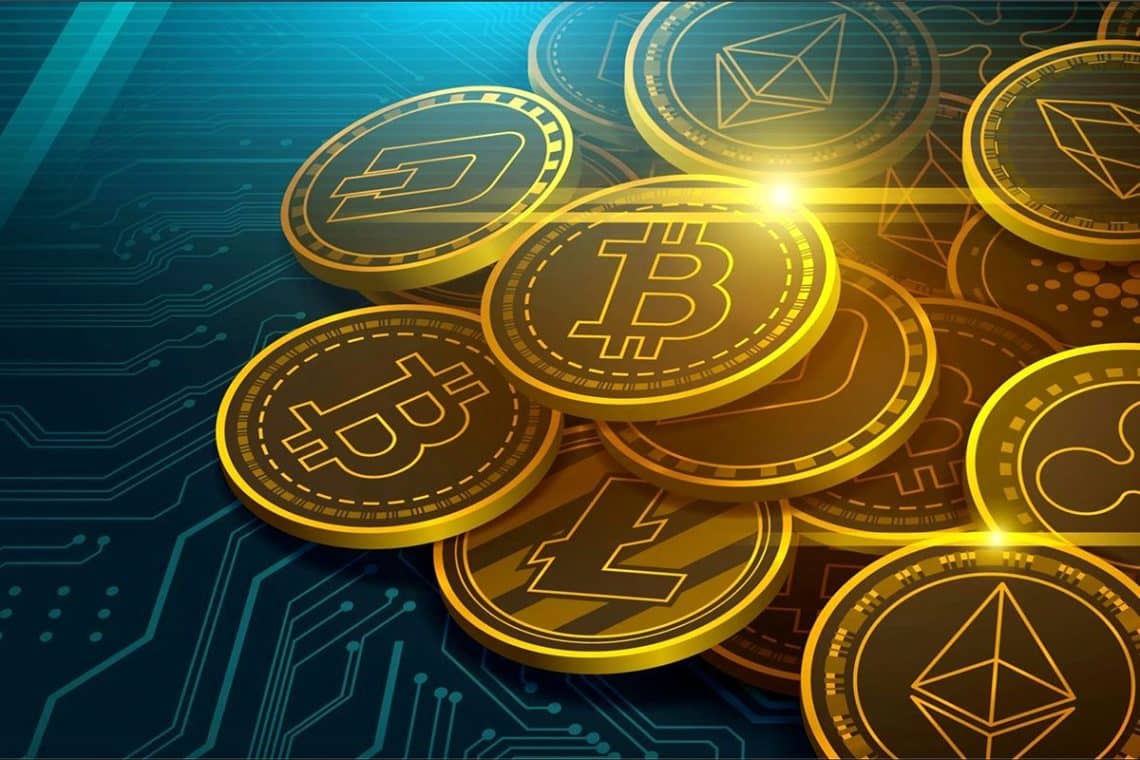Bitcoin was born in 2009 and its creator took refuge under the pseudonym, Satoshi Nakamoto. Bitcoin is a virtual currency created by a combination of computer networks, cryptography, and software. It is created by a blockchain, also known by the acronym BC (Blockchain).
What Is Bitcoin?
The key to BTC’s creation lies in the basis of its design, as the number of bitcoins in circulation cannot grow arbitrarily. Today this aspect is somewhat pending since its mathematical design cannot guarantee security in this sense. Bitcoin is a currency explicitly designed to be scarce and thus satisfies the first condition to be considered a currency, but the second condition remains to be satisfied, i.e. acceptance by society, which is the one currently under discussion.
Bitcoin began as a way to eliminate government intermediaries from commercial transactions. With this currency, all transactions are governed by digital signatures instead of fiat currencies issued by central banks. In this way, every part of the blockchain comes into play to verify a transaction, making it extremely difficult to corrupt the system.
However, being a decentralized currency, its value is determined by the supply and demand of existing tokens, hence it is called a crypto asset. The price of the first Bitcoin transaction was $0.00076 per token.
In October 2021, Bitcoin hit its highest price in history, hitting $68,000, fueled by the masses of people who started buying BTC during the global pandemic stage. By 2022, the value of Bitcoin had plummeted to around $20,000 on average during the month of August which, to many, is a typical Bitcoin rectification that has already occurred on at least two occasions.
However, one of the reasons why this cryptocurrency is so important in the world of crypto assets is that, as the number one cryptocurrency by market capitalization and volume, the price fluctuations it experiences directly or indirectly affect all other cryptocurrencies and crypto assets. In this way, it serves as an indicator of market sentiment towards these instruments. You may be interested in: What determines the price of a bitcoin?
How Does Btc Work?
Bitcoin is, in short, a decentralized digital currency that can be traded wherever it is accepted and allows for secure transactions without the need for intermediary banking institutions. It works on blockchain technology, where only the parties involved in each transaction are involved, the one sending and the one receiving the BTC through digital platforms known as Wallets. This means that it uses peer-to-peer technology to operate without the need for a bank.
In other words, Bitcoin works like any other currency in that it allows you to purchase goods and services, but with the difference that its value changes based on supply and demand, as well as other factors. Every BTC transaction is recorded in a large, publicly accessible ledger, so transactions are fast and secure.
Bitcoin Code: What Is It?

When paying for a product or service with Bitcoin, you can use your wallet and make the transaction manually or use a Bitcoin Code. It is a QR code that stores information related to payment and, once scanned, allows the user to pay directly from their wallet using stored Bitcoins. These codes facilitate and simplify transactions between users, which are similarly recorded in the ledger.
What is Bitcoin Mining?
The term “ mining ” refers to the work of producing new nodes or blocks that are integrated into the network and which, in turn, create new Bitcoins, always within the limit that can be produced. All of these people volunteer to use their computer skills to keep the network running and are rewarded with Bitcoin in the form of payment.
In the early stages of BTC mining, operators received very large rewards when creating new tokens to add to the chain, up to 50 BTC at the time of creation. However, as the creation of new blocks approaches the limit, the rewards for mining become lower and lower: currently, you receive 6.25 BTC for each new block.
To create a new node it is necessary to validate and solve multiple complex mathematical problems through algorithms so that the block is correct and no transactions are duplicated. Also, the operator must be the first to get these endorsements to get paid. This is the so-called proof of work.
Bitcoin Halving: What Is It?
Is the creation of new Bitcoins unlimited? No, Bitcoin has a maximum number of 21,000,000 coins that can exist, and currently, the number of coins in circulation is 19,142,200 BTC. You may be interested in: How many bitcoins exist?
To control this production, the amount of Bitcoin paid for mining is halved every four years. This phenomenon is known as Bitcoin halving or Bitcoin halving.
Assuming that scarcity creates value, the creator of Bitcoin, Satoshi Nakamoto, determined that only a limited number of monetary units of his cryptocurrency would be created. By limiting the supply of Bitcoin, he has sought to eliminate the consequences of excessive money generation, as occurs with the dollar, i.e. devaluation. Nakamoto then created a code that prevents more than 21 million Bitcoins from being created.
As a result, every four years the amount of Bitcoin a miner receives for generating a new block in the chain is halved, i.e. every 210,000 blocks mined. The Bitcoin halving aims to slow the rate at which new Bitcoin enters the supply, and this process would extend until 2140.
How Does The Bitcoin System Work?

The Bitcoin system works with Blockchain technology, a decentralized network that processes each transaction and ensures that it is unique and unrepeatable. This currency is exchanged according to the P2P (peer-to-peer) scheme, i.e. the transactions take place directly between the participants (the sender and the recipient) and the transaction is stored in the blockchain as a large public ledger. It doesn’t need intermediaries, so transactions are safe and low-cost.
Pros And Cons Of Buying Bitcoin
Benefits Of Buying Btc
- As the first cryptocurrency on the market, it has gathered the largest global community of users who create, trade, invest and use Bitcoin.
- He created the conceptual foundation and technology that would later be used not only in new currencies but other assets using the Blockchain as well. Therefore, Bitcoin is a benchmark in an entire market that grows every day.
- By having a limited number of currencies, it protects against devaluation in the long run, unlike fiat money, which is issued without limit and depreciates as a result.
- It is a currency with no geographical limits, so it is possible to pay for cryptocurrencies anywhere that have a regulatory framework.
- Transaction security is guaranteed by encryption, which prevents duplication of transactions or mathematical errors. Therefore, all active blocks must be able to verify the same transaction without errors, after which the information is stored for each subsequent transaction.
- It is a decentralized currency, i.e. not controlled by any central bank.
- It has instant liquidity, so you can sell your Bitcoin at any time and receive its equivalent in dollars or in a stablecoin such as USDT or BUSD.
Disadvantages Of Buying Btc
- Investing in Bitcoin, as in other crypto assets, carries a risk of loss of principal if purchased with leverage.
- By buying Bitcoin spot you are accepting the volatility of the price of each currency unit.
- The transaction verification process can take an average of 10 minutes, while on other networks, such as Ethereum, the verification time is around 13 seconds.
- You are solely responsible for the security of your cryptocurrencies. If you lose access to your wallet or the device where your Bitcoins are stored, you have no recourse against anyone, as you are not under the protection of any guarantee fund or central bank.
Read Also: The Next Generation of Cryptocurrency Hardware: Advanced ATMs














